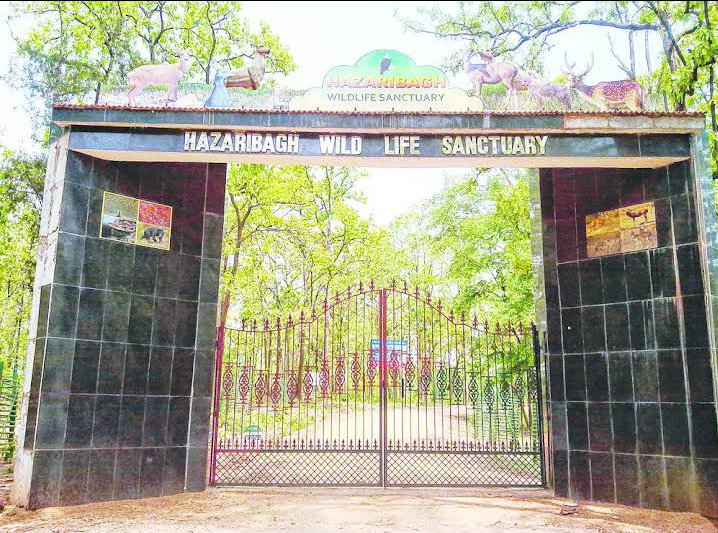
Hazaribagh National Park
Hazaribagh, India
- Bird watching in the early morning
- Jeep safari for wildlife viewing
- Nature walks along designated trails
- Photography of landscapes and wildlife
- Relaxing amidst the peaceful surroundings
Known for:
Description:
Hazaribagh National Park, nestled in Jharkhand, India, offers a serene escape into nature. Spread across 184 sq km, the park boasts diverse flora and fauna, including tigers, leopards, sloth bears, wild boars, sambar, and various species of deer. The undulating terrain, dense forests, and grassy meadows create a picturesque landscape. The park is a haven for birdwatchers, with numerous avian species inhabiting the area. Visitors can explore the park through jeep safaris, offering opportunities to spot wildlife in their natural habitat. The tranquil environment and scenic beauty make Hazaribagh National Park an ideal destination for nature lovers and wildlife enthusiasts seeking a peaceful retreat away from the hustle and bustle of city life. Accommodation options are available near the park, catering to different budgets. The park provides a refreshing experience for those seeking to connect with nature and observe wildlife in their natural environment.
History:
Hazaribagh National Park was established in 1955 as a wildlife sanctuary and was later declared a national park in 1976. The area was initially a hunting reserve for the local rulers. The park was created to protect the region's dwindling wildlife population and preserve its natural habitat. Over the years, conservation efforts have focused on managing the ecosystem, controlling poaching, and promoting eco-tourism. The park has faced challenges such as habitat fragmentation and human-animal conflict, but ongoing initiatives aim to mitigate these issues and ensure the long-term sustainability of the park's biodiversity. The park continues to be an important site for wildlife research and conservation in the region, attracting researchers and conservationists from across the country.